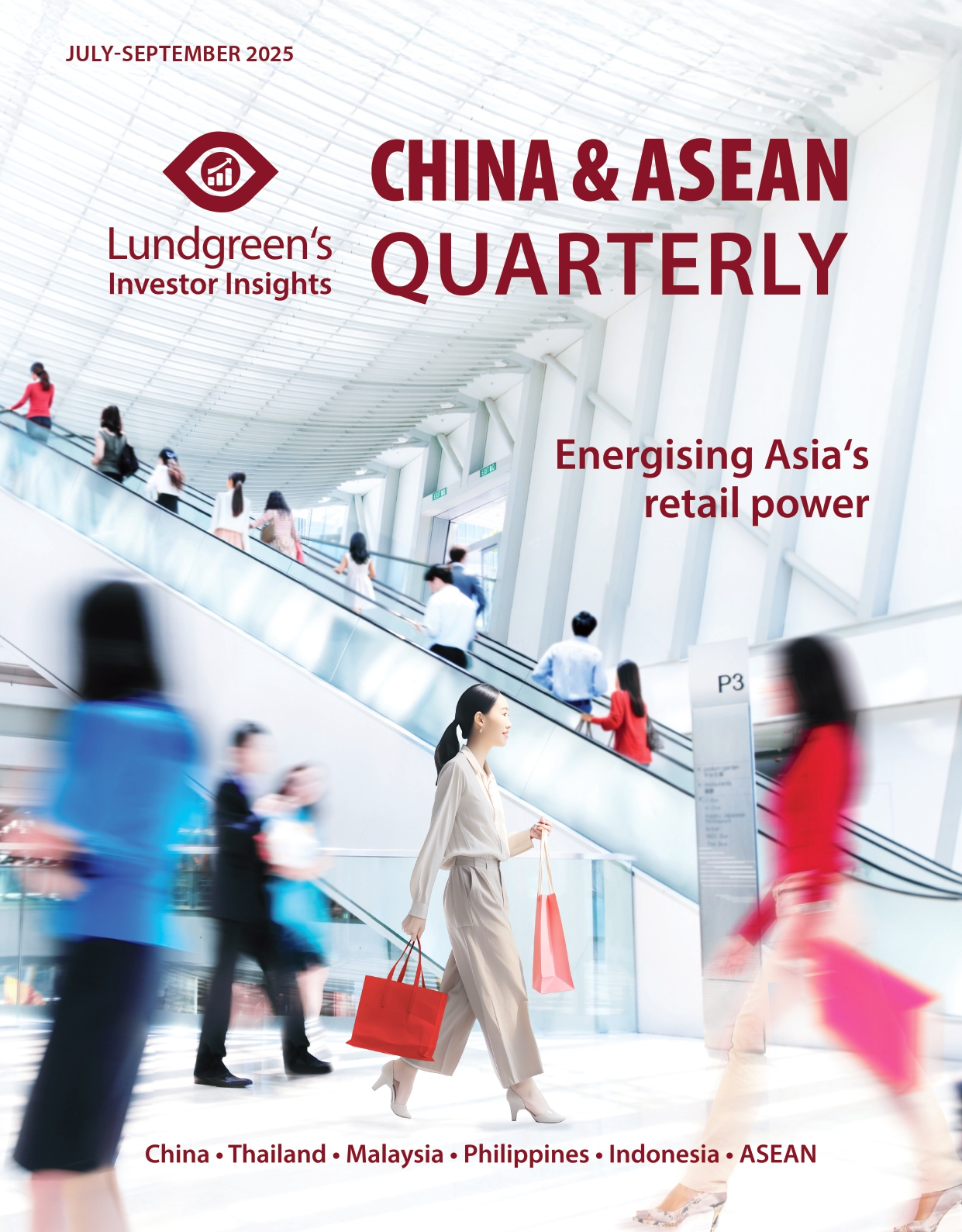Malaysia looks to boost its defence industry
Malaysian Prime Minister Anwar Ibrahim is calling upon the Ministry of Defence and industry players to boost the country’s defence research and development ecosystem. Can this pull in significant investments?
The ASEAN Defence Minister’s Meeting (ADMM) last 26 February saw member-states accepting six security resolutions, including artificial intelligence (AI), cyberspace defence, and maritime security. It was also during this meeting wherein Defence Minister Datuk Seri Mohamed Khaled Nordin highlighted that the ASEAN bloc should develop their respective defence capabilities to reduce reliance on foreign countries.
With its current position as the chair for ADMM this year, Malaysia may experience some advantage when it comes to expanding defence diplomacy and expertise. For instance, the country is already finalising several memorandums of understanding (MOUs) with different regions in line with its push to improve its defence sector. While this points the spotlight on national defence strategies, it also creates opportunities for qualified players and investors to dip their toes into Malaysia’s defence industry.
Building its defences
Malaysia’s first Defence White Paper in 2020 highlighted that defence science, technology, and industry are crucial for the country’s defence ecosystems. Since then, the country has been making moves to boost available technologies and equip its people to reduce reliance on foreign security experts. For instance, Malaysia’s defence-focused university, Universiti Pertahanan Negara Malaysia, equips its graduates with advanced expertise in defence-related fields. This shows the country’s efforts in future-proofing its defence industry by ensuring the availability of skilled talent onshore.
The Malaysian government has allotted MYR 421 billion (USD 99.56 billion) for defence spending under its 2025 national budget, a 3.31 per cent increase from the previous budget of MYR 407.5 billion (USD 96.37 billion).
Malaysia’s total allotment for defence amounts to MYR 21.13 billion (USD 5 billion), which is equivalent to 5 per cent of the total budget. However, if we only look at the expenditures dedicated to the development of the defence sector and exclude those supporting construction, equipment, and other related costs, this amounts to MYR 7.43 billion (USD 1.76 billion), as seen in Graph 1. While this seems like a limited budget for the sector, the government is pursuing parallel strategies to push the frontier via international collaboration.

Currently, Malaysia is looking to strengthen its defence ties with Indonesia. Combining Malaysia’s technological edge on polymer production, strong oil and gas sector, and palm oil industry with Indonesia’s expertise in weapon manufacturing will potentially boost the defence industry ecosystem in the region. Japan is also collaborating with Malaysia, noting the latter’s strategic location for maritime routes. Another noteworthy event is the recent Langkawi Maritime and Aerospace Exhibition 2025 (LIMA) launched last May, which generated MYR 11 billion (USD 2.6 billion) in sectoral deals.
Spotlight on aerospace
One segment that the Malaysian government is focusing on in the New Industrial Master Plan 2030 (NIMP 2030) is the aerospace industry. While aerospace under NIMP 2030 is not exactly counted as core defence spending, it does not diminish its importance.
An example is the LIMA event, which drew the attention of 24 countries and had foreign exhibitors on board such as French industrial firm, Naval Group, who promoted their specialisation on aero engine, naval defence, and aviation equipment. Apart from foreign companies, the exhibition also encouraged domestic firms to promote their newly developed technologies and equipment specialised for defence use cases. One such organization is the National Aerospace and Defence Industry (NADI) which believes that its aerospace technology is in line with national defence strategies. Providing accreditation training and specialised aerospace programmes, NADI assists in expanding available highly-skilled labour within the aerospace sector, aligning itself with the national goal of minimising external dependence on experts. We see that similar events could propel Malaysia to dominate the aerospace and maritime industries, and create economic opportunities for both local and international companies along the way.
Graph 2 illustrates that investments made towards the aerospace industry boomed in 2024, amounting to MYR 1.5 billion (USD 350 million), with MYR 1 billion (USD 240 million) drawn from foreign investments as reported by the Malaysia Investment Development Authority. This goes to show that there is strong foreign investor confidence in Malaysia’s aerospace manufacturing and services, making the country a promising hub for aerospace development in the region.

Spillover effect
With the Malaysian government backing defence-specific events to attract foreign investments, we expect that it will create a positive spillover effect to adjacent sectors.
One example is Malaysia-based Sapura Secured Technologies and its sister company, Velum Labs, securing a tender as the solutions provider for the Malaysian government’s national cybersecurity needs beginning 2023 until 2029. At the same time, the company has opened deeper collaboration with other ASEAN countries for the region to be more self-reliant in this space. Malaysia also signed a strategic partnership with Turkey to develop Malaysia’s first foundational AI ecosystem that integrates domestic languages, culture, and laws when generating responses.
Malaysia is also adopting modern military solutions such as drones for national defence. Last year, the country collaborated with China for knowledge exchange on drone technology. Also, Malaysia recently received three unmanned systems for maritime surveillance developed by Turkish Aerospace Industries worth MYR 423.8 million (USD 100.22 million).
Malaysia is quickly integrating new technologies concerning AI and cybersecurity in its defence strategies. As the country seeks to further advance its defence capabilities, this opens more opportunities for global companies in this segment to consider expanding into Malaysia, which may also serve as their gateway into Southeast Asia. Already, defence and technology companies are paying close attention as the Malaysian government allocates more resources into defence. Its allure as an investment destination may be matched by the continued provision of incentives to encourage more foreign investment, along with a decisive effort to sustain robust economic growth to keep capital flowing in.






